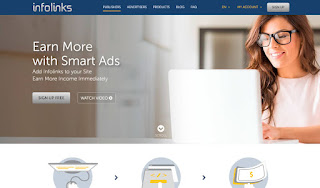When the Lumia 900 smart phone made its first public appearance
at the Consumer Electronics Show this January, we asked "Can one phone
save Nokia and Microsoft?" It's still too early to say, but after
testing the phone, which goes on sale April 8, I can answer a different
one: "Is it any good?" The answer is yes, with some caveats.
The Lumia 900 is proof that although Nokia and Microsoft teamed up under duress,
as their competitors forged ahead to redefine mobile computing, the
partnership makes sense. Nokia has built a high-quality and striking
handset, and Microsoft has made a refreshing and likable operating
system to run it. Unfortunately, the apps to run on that OS are in short
supply.
The handset feels reassuringly robust, underlining Nokia's reputation
as the Volvo of phone manufacturers. All of its components cling to a
single piece of a dense, tough plastic known as polycarbonate, with a
tactile matte finish. It feels more solid than many Android phones,
which are generally made of lighter plastic; compared to the metal and
glass iPhone, it feels warmer and less delicate.
The Lumia's 8 megapixel camera performs well, and a one-megapixel camera on the front gives a good image for video calling
With a 4.3-inch display, the phone is large, as has become common for
the latest Android phones, and as is rumored to be the case for the
next iPhone. The Lumia's display doesn't have a pixel density to match
the latest iPhone–what Apple calls a "retina display"—or recent Android
handsets that also boast high pixel counts. Yet Nokia's phone is powered
by an operating system that seems to be better suited to an era of
large displays with very densely packed pixels.
Windows Phone does away with the trompe l'oeil buttons, shadows,
leather, and canvas that Android and iOS are visually stitched together
from. Instead, the Windows Phone interface appears uniformly flat, with
typography—in daringly large sizes—to give users the cues they need to
easily absorb information from the screen, and understand how they can
interact with it.
My experience with the Lumia was that Windows Phone uses text in a
way that looks refreshingly different while still being easy to use. The
swoops and curves of letters looks great on large, retina-style
displays because they have enough pixels to hide the fact that dots on a
strict grid are being used to make up those wavy lines.


